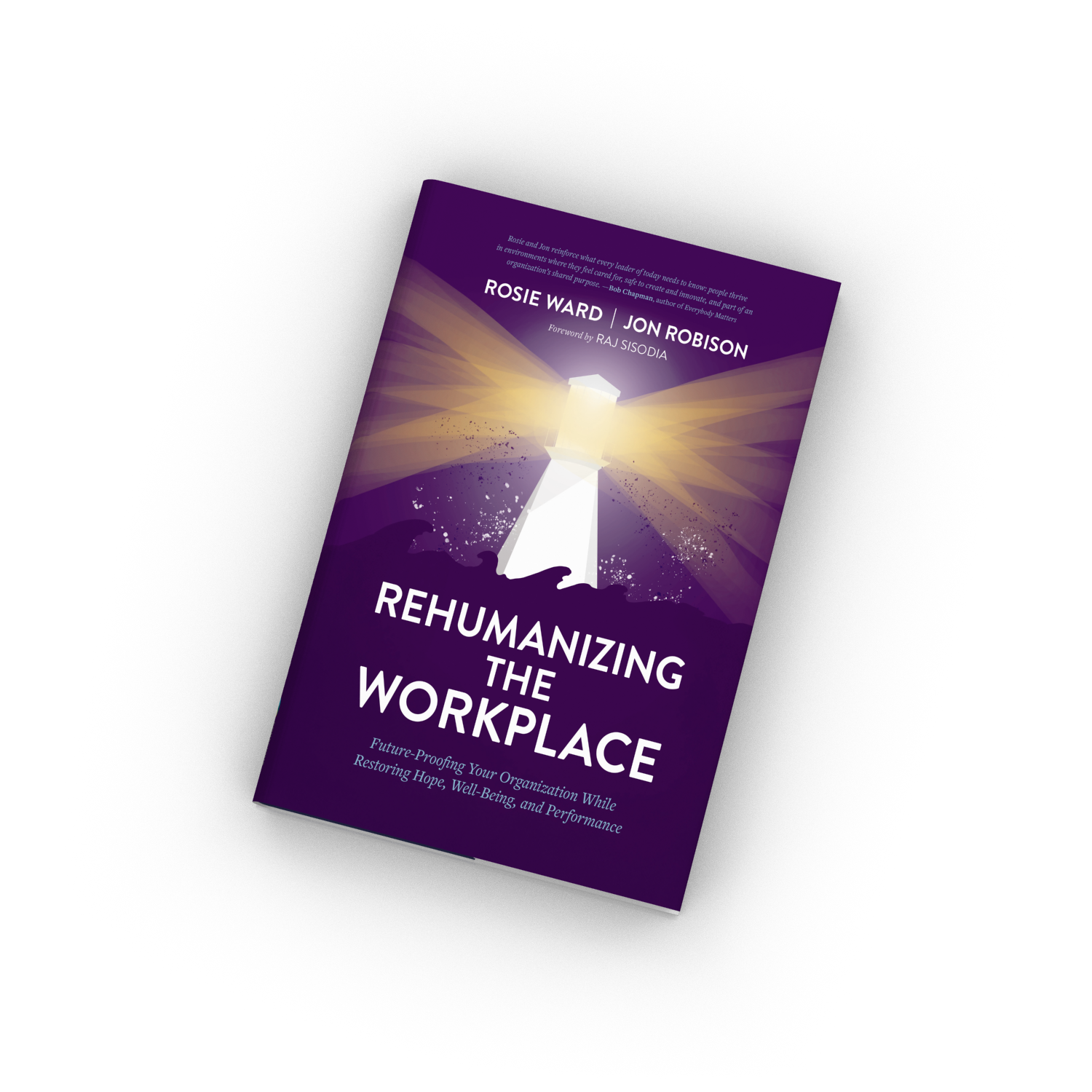
The Future of Work, Post Covid-19
Envision IT Pressroom | July 1, 2020
Envision IT Pressroom
July 1, 2020
From its inception, Envision IT has sought to bridge the gap between technology and humanity — a mission its leaders acknowledge will only become more essential in the wake of the COVID-19 pandemic. They say three of the most critical factors to help ensure companies successfully navigate a rapidly changing workplace landscape are technology security, user experience, and employee engagement.
“We see the pandemic as a tipping point for employers and employees to become more trusting of each other,” says Nancy Pautsch, Envision’s chief evangelist of stakeholder value (which translates to company president). “The circumstances offered proof that employees can, indeed, be productive while working remotely, and we don’t think that genie can be put back in the bottle. Businesses will need to continue to offer remote work options, and those that do will reap the rewards on multiple levels.
”Some organizations have resisted adopting remote work options for employees, citing concerns about security risks and poor user experiences. But that is no longer the case, according to Bill Crahen, Envision’s chief stakeholder architect (also known as chief technical officer). Thanks to powerful software platforms offered by companies such as Citrix Systems, Microsoft Corp., and others, companies can deliver a quality user experience while also adhering to tight security measures.
“It’s important that organizations investigate and strengthen their security posture while enabling remote work,” Crahen says. “Our clients have learned they can have a win-win situation, from a technology perspective.
”A third “win” comes by exploring new ways to operate “consciously” and focus on creating an increased sense of value for employees even when they aren’t in the office. A “conscious business,” as defined by Pautsch, is one that strives to not only to be profitable but also to be a force for good and to elevate humanity.
Envision’s efforts as a conscious business are chronicled in a new book published in March, titled Rehumanizing the Workplace: Future-Proofing Your Organization While Restoring Hope, Well-Being, and Performance. An entire chapter reinforces Envision’s motto that “cared-for people care for people.
”An engaged workforce can lead to greater profitability, customer satisfaction, and employee productivity while also decreasing turnover.“It’s the domino effect of goodness,” Pautsch says. “Offering meaningful work and fostering a conscious culture inspires innovation and delivers better business results. Beyond that, though, engaged employees show up as their best selves after work with their families and community. That’s better for everyone. Also, Envisioners aren’t shy about sharing their experience, and that strengthens our hiring pipeline.
effect of goodness,” Pautsch says. “Offering meaningful work and fostering a conscious culture inspires innovation and delivers better business results. Beyond that, though, engaged employees show up as their best selves after work with their families and community. That’s better for everyone. Also, Envisioners aren’t shy about sharing their experience, and that strengthens our hiring pipeline.
”When the pandemic hit and businesses switched to work-from-home situations to allow staff members to practice social distancing, Envision embraced the opportunity to boost its already effective employee engagement methods, especially at a time when the risk of disengagement was especially high.
Here are three ways Envision fostered engagement among its employees during the pandemic:
1. Initiated video conferences for reasons other than staff meetings.
Remote happy hours were an extension of the company’s on-premises “Tips and Sips” sessions, which occur every Friday afternoon. The sessions encouraged people to share what was going on in their lives, nuggets of information gleaned on the job during the past week, and suggestions for making their jobs more enjoyable and effective at home.
2. Provided employees with the tools they need.
This included ergonomic chairs and desks they were allowed to take from the office, a home internet stipend, free access to webinars and online counseling sessions, and virtual yoga, meditation, and stretching instruction.
3. Sent care packages.
Early on, Envision delivered to each of its employees packages full of treats and self-care items. Additional surprises will be delivered to Envisioners throughout the shutdown.
Those suggestions will work for other companies under less stressful circumstances, too — especially as some employers continue offering remote work capabilities and seek to invest in a better user experience with technology while creating greater engagement among employees.In fact, simply providing remote working opportunities is considered a major form of employee engagement, according to Pautsch. Millennials and Generation Xers expect to work from anywhere and seek out companies that offer that flexibility. Businesses, in turn, have access to talent from around the world.
Here are three ways Envision suggests improving the technology user experience for remote workers.
1. Use an appropriate technology platform.
Envision can help businesses chose the platforms that best serve their needs while also providing user-friendly interfaces and other user-experience benefits.
2. Consider enhanced security options.
Even the addition of something as simple as multifactor authentication can significantly boost security. Multifactor authentication, which is becoming standard in a variety of applications, grants users access only after they successfully prove their identity in two or more ways.
3. Offer security training.
Often conducted virtually, such education helps employees more effectively identify bad actors and eliminate user behaviors that can compromise networks and increase risks.
“Remote work shouldn’t go away because it really can improve employee engagement,” Crahen says. “But another reason to offer more effective remote work options is because this pandemic may have additional waves. Something else could happen, too, and we have to ensure our businesses keep running in case there’s another disaster.”
As seen in InBusiness Magazine, July 2020
Subscribe
Sign up with your e-mail address to receive news and updates.
Connect with us
8040 Excelsior Drive #402, Madison WI | 608.824.2060 | info@envisionitllc.com
Privacy Policy



